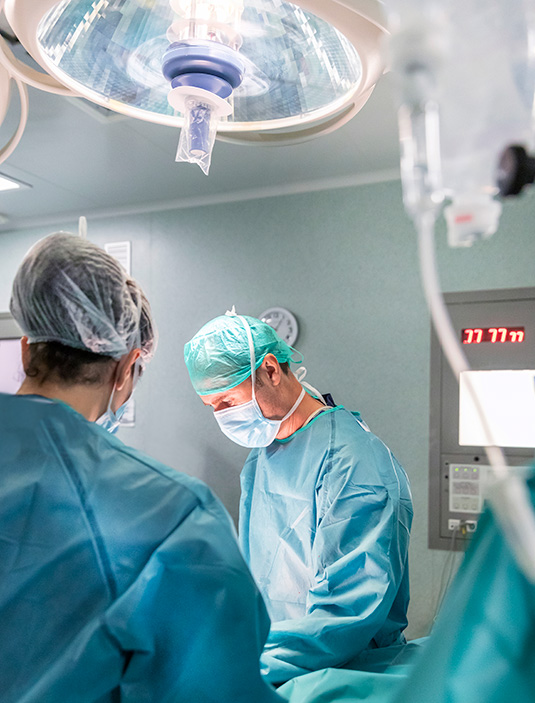Within a few hours after the operation, in most cases, the patient can get up and use the toilet on their own. The patient can also walk slowly around the room and around the hallways.
After the operation, while the patient is still in the hospital a physical therapist will come to will explain some appropriate exercises and what actions are to be avoided. The patient must abstain from lifting heavy objects and bending over during the first weeks following surgery.
We recommend that the patient take short and frequent walks in order to promote blood circulation in the legs and avoid contractures or stiffness. At first, there may be some discomfort when sitting for more than 20 or 30 minutes, but gradually tolerance will increase.
We will recommend what pain medication the patient should take to control pain and inflammation during recovery. At the time of discharge from the hospital, the patient will be given an appointment for a few days later to see how the surgical wound is healing, and an appointment to begin physiotherapy.
We will recommend an early rehabilitation program that the patient can begin a few days after surgery. A team of professionals will be in charge of applying specific physical therapy techniques and teaching you the appropriate exercises at every stage of your recovery.
Depending on the patient’s level of post operative discomfort, they can begin light, non-impact, physical exercise around 6 weeks after the operation. Stationary cycling can be a suitable exercise in the early stages of recovery. Other sports, such as swimming or running, can be introduced gradually.
If the patient feels up to it, they can return to work about 3-4 weeks after surgery, as long as it is work that doesn’t require physical effort, such as office work. For activities that require intense physical activity, the wait should be approximately 3 months.



